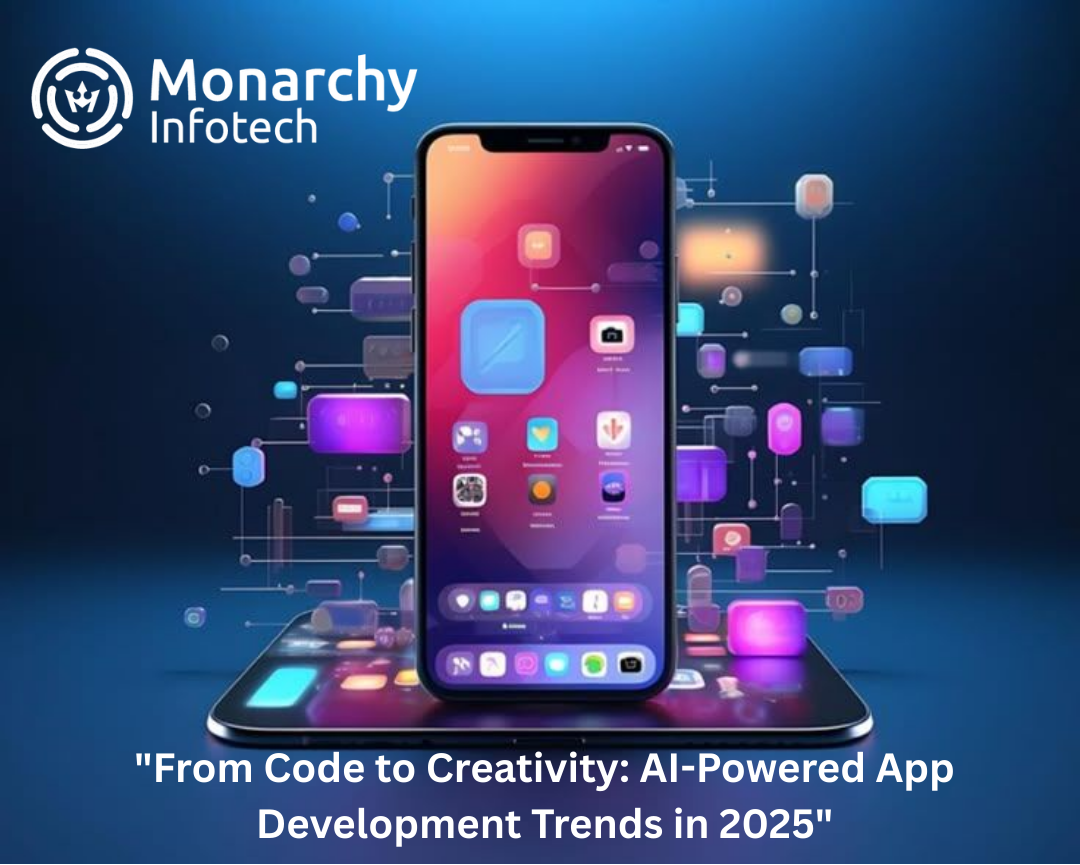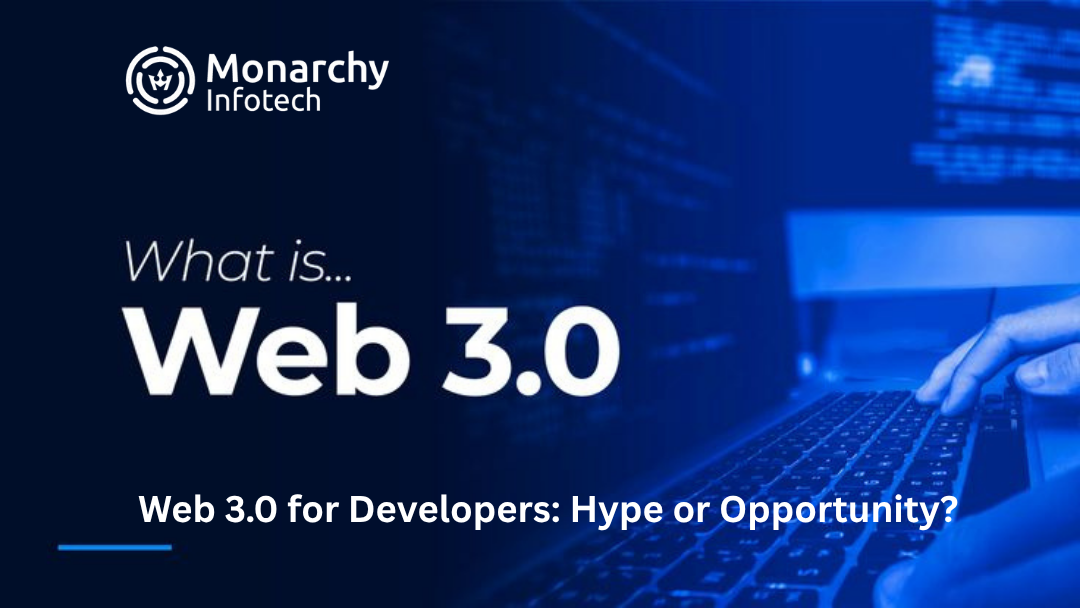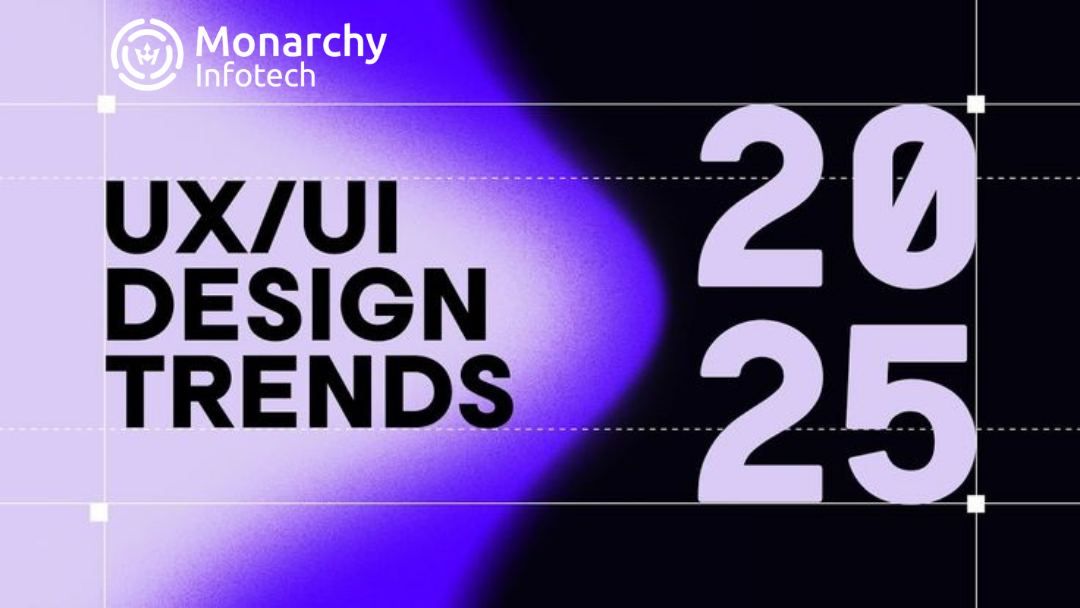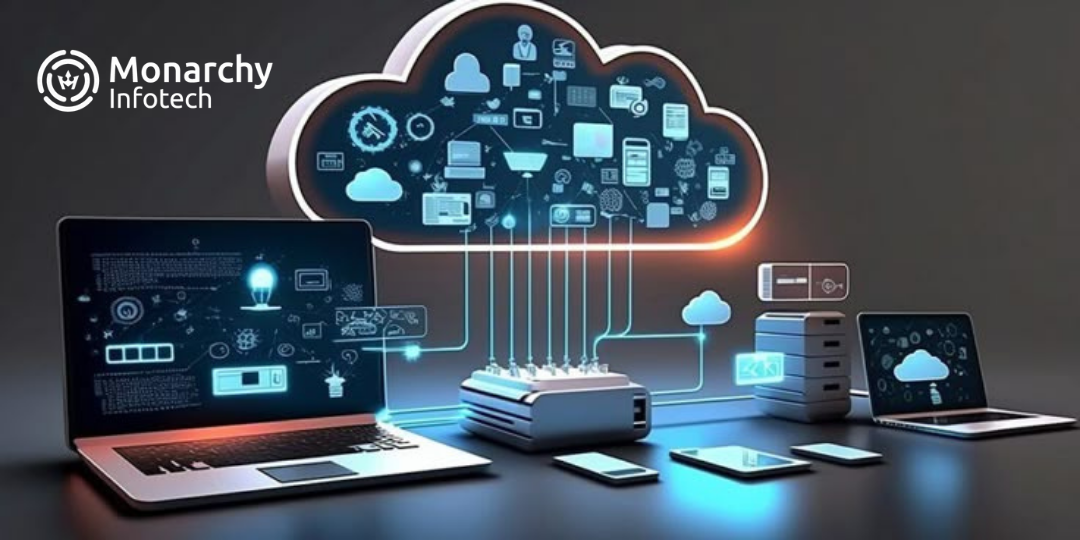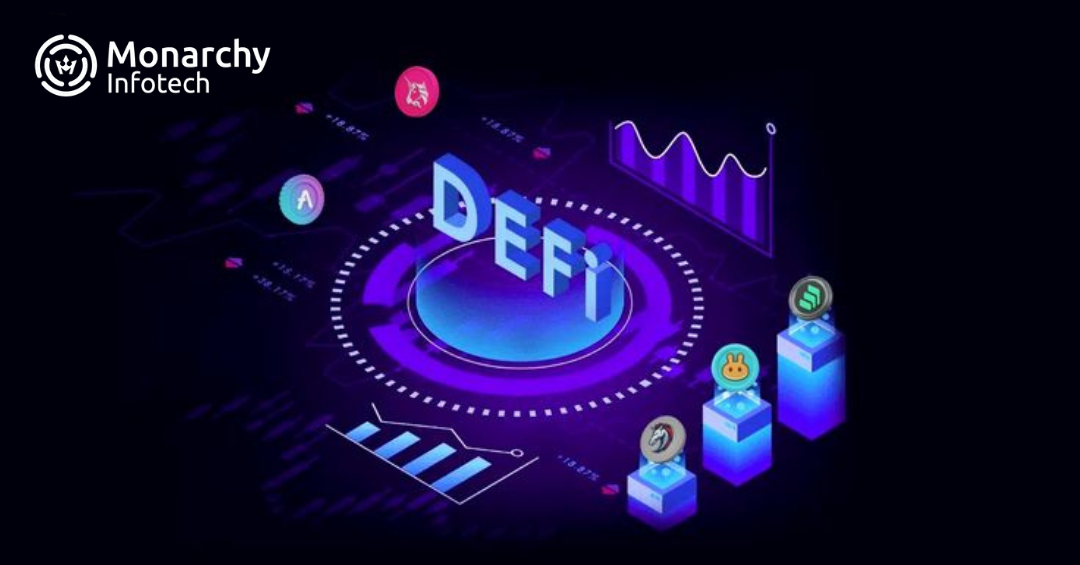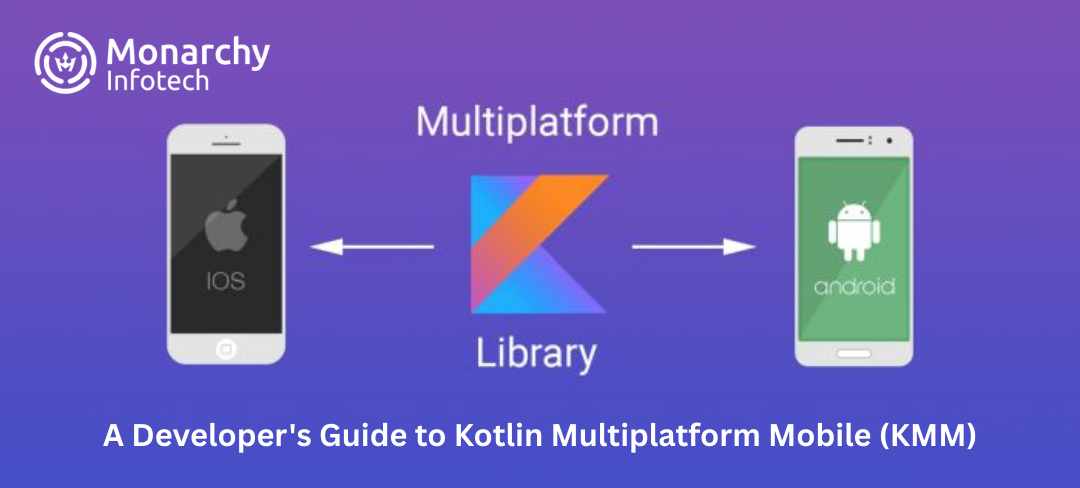As AI keeps growing, it's changing the way apps are built—now focusing on creative innovation rather than hands-on coding. In 2025, AI is optimizing workflows, supporting no-code and low-code environments, testing automatically, and improving user experiences through personalized, smart capabilities. This blog delves into the newest AI-driven trends revolutionizing app development, from generative design software to predictive analytics and voice-based interfaces, ushering in a new era where creativity is the new hero.
From Code to Creativity: AI-Driven App Development Trends in 2025
App development in 2025 is witnessing a deep change as artificial intelligence (AI) continues to advance at a lightning pace. What was once used to automate backend workflows is now center stage—enabling developers and creators to create more intelligent, faster, and more tailored digital experiences with greater ease.
Welcome to the age where code and creativity converge.
1. AI-Powered No-Code and Low-Code Platforms
AI is making app development easier than ever before. No-code and low-code platforms are changing fast, making it possible for users with no technical expertise at all to create complex apps. AI supports these platforms by providing UI elements to suggest, creating logic, and even correcting design errors automatically.
Example: Such tools as Bubble, Adal, and Out Systems now include AI assistants that assist users in designing workflows, defining data structures, and providing custom code snippets when necessary.
2. AI-Generated Design & UX
User experience (UX) design is no longer the exclusive domain of designers. In 2025, AI-powered design tools are able to examine user behavior, anticipate preferences, and change interfaces automatically to improve engagement. Such tools are assisting teams in designing intuitive, personalized experiences at scale.
Trend: AI can now create full UI layouts from simple text inputs or user stories, cutting design time by as much as 70%.
Example: Designing a Mobile App Interface Using Wizard (AI Design Tool) ,
UX Enhancement: High-contrast colors for visibility
3. Hyper-Personalization Through Machine LearningAI allows apps to provide content and functionality customized to an individual user in real time. Machine learning models based on usage data, preference, and behavior assist apps to change dynamically augmenting user interaction and retention.
Example: Streaming services suggesting personalized shows or e-commerce websites displaying recommended products based on your viewing and purchasing history.
4. Natural Language Interfaces and Voice AI
Text and voice interfaces are becoming the new standard. With improved natural language processing (NLP), users are now able to interact with apps using ordinary words—making them more intuitive and accessible.
Example: AI virtual assistants and chatbots are substituting static menus and search boxes, leading users more naturally through apps.
5. AI-Assisted Development and Debugging
Developers no longer work alone to write and debug code. AI technologies such as GitHub Copilot and Relit Ghostwriter hint at whole blocks of code, identify bugs, and even suggest optimizations in real time.
Impact: More rapid development cycles, less bugs, and better-quality code—all due to AI serving as a coding co-pilot.
Example: yaml , python, handling bug
6. Predictive Analytics and Smart Features
AI’s ability to process massive amounts of data allows apps to anticipate user needs and take proactive action. From predictive text to intelligent automation, apps are becoming more context-aware and user-centric.
Real-World Example: Fitness apps that recommend personalized workout plans based on activity history and goals, or fintech apps predicting spending habits.
7. AI in App Testing and Quality Assurance
Testing is the most time-consuming part of development—but no longer so. Today, AI-powered testing tools mimic user interactions, identify performance problems, and perform regression testing.
Advantage: Shorter time-to-market and greater reliability of web and mobile applications.
Example: Tastim, Apolito's, or custom AI script using Python + Selenium + AI logic
8. Ethics and Transparency in AI-Driven Apps
As AI gets more integrated into app experiences, transparency and ethics are becoming increasingly relevant. Users want to understand how their data is being used and have control over AI-informed decisions.
Trend: Developers are integrating features that provide explanations for AI decisions (Explainable AI), building trust layers with ethical design principles.
Example: Explainability Feature Added, Bias Mitigation Added, Ethical Disclosure
Final Thoughts
In 2025, developers' role will move from writing each line of code to putting brilliant AI systems in motion. AI has moved beyond being a mere tool—it's now a creative collaborator, enabling lightning-fast innovation and human-friendly digital products.
By adopting these trends, developers and companies can remain forward-looking and offer next-generation app experiences as intuitive as they are intelligent.
